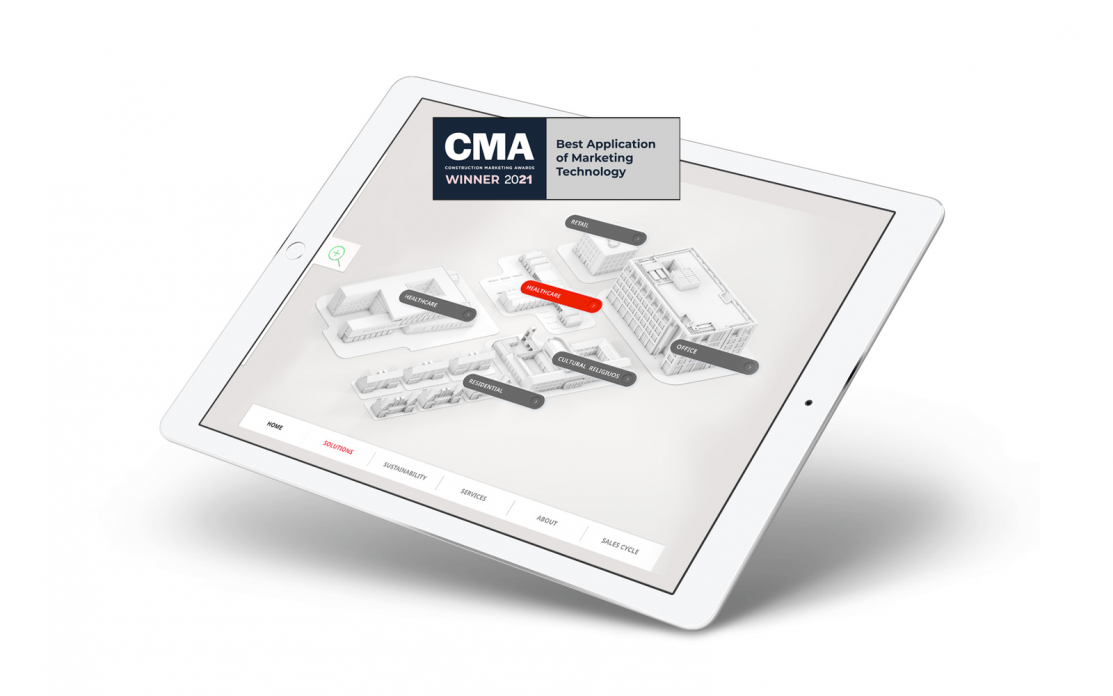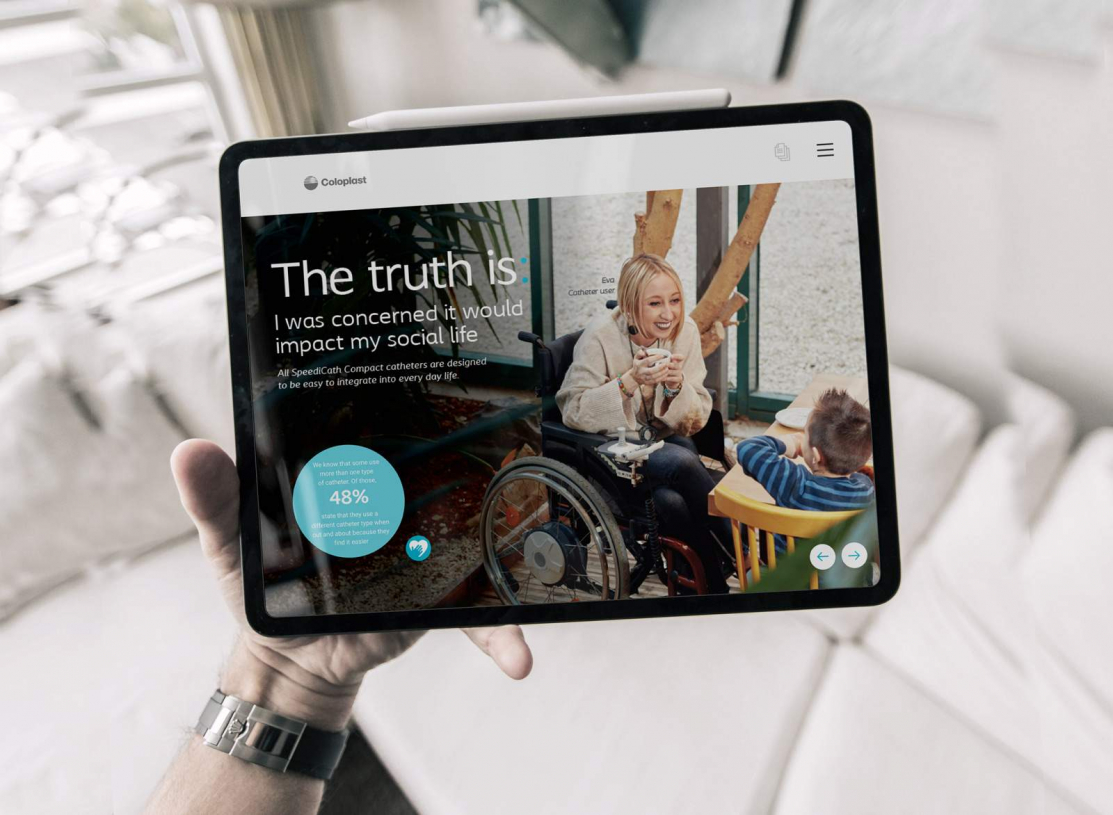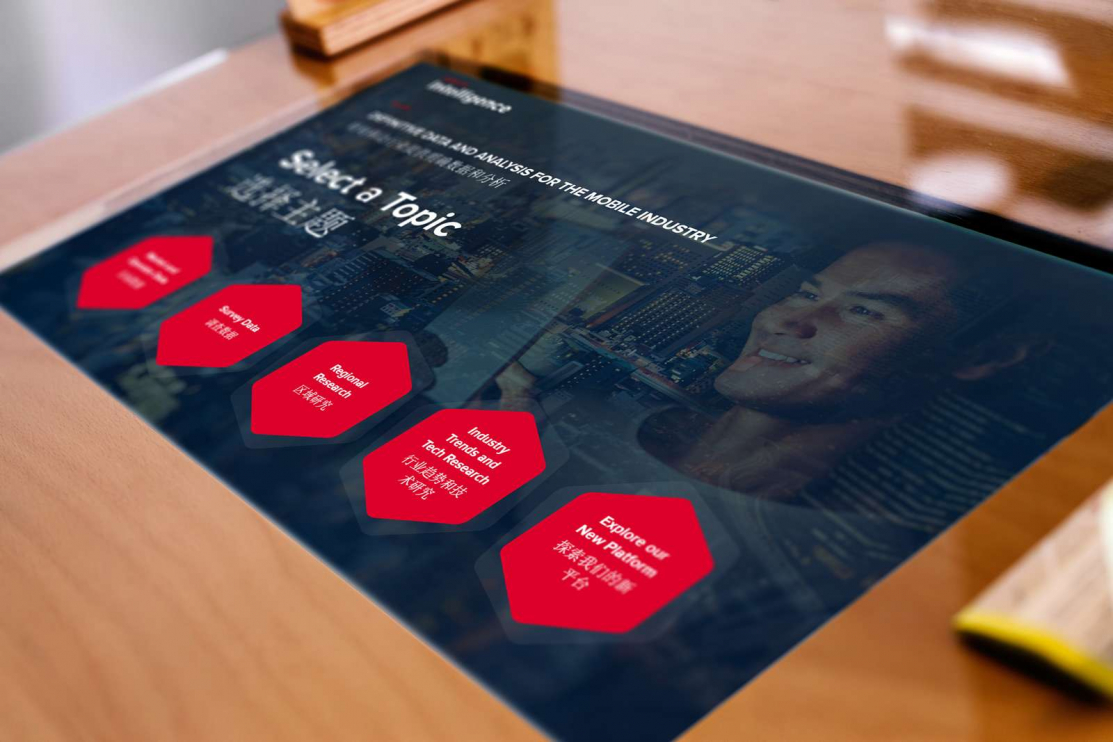The Revenue Enablement Way: Maximizing Sales & Success
Revenue enablement is the future of sales enablement…
That’s according to a 2023 Forrester report which rightly describes how many B2B organizations are limiting enablement to direct sellers. Cue the advent of revenue enablement, which expands enablement practices across all customer-facing roles.
This approach has lots of benefits for both your business and your customers. It improves visibility, speeds up the sales cycle and boosts your selling performance. Meanwhile, customers enjoy a more cohesive, consistent experience throughout their journey.
At POP, we have a wealth of experience in revenue enablement. Our intuitive platform helps leading brands from across the globe improve their enablement processes. Read on to learn more about this invaluable strategy.
From a basic overview and the many benefits to examples, analytics and what the future holds, this is your go-to guide for revenue enablement.
So, what is revenue enablement?
We’ve touched on this above, but let’s dig a little deeper. Firstly, enablement refers to implementing new initiatives that enable better productivity. It’s been applied to businesses as a whole and sales specifically. For example, business enablement is about providing resources and strategies to help a company be more efficient and productive.
Revenue enablement is more focused than business enablement, yet broader than sales enablement. As the name suggests, the overriding objective is to increase revenue. But rather than just sales, it encompasses all customer-facing teams within an organization. This includes sales, marketing, customer success, product teams and many more.
Why? Customers don’t engage with your brand in silos, so why should each team be siloed internally? Revenue enablement brings everyone together to coordinate and collaborate when interacting with a customer.
Collaboration across departments is a central theme, as is understanding the customer journey. It’s also important that organizations start working towards shared revenue targets. Last but not least, it’s vital to choose the right technology that creates a single source of truth and centralizes enablement support.
Dig deeper into the definition of revenue enablement for your business >
How is revenue enablement different from sales enablement?
Sales enablement has become a popular strategy – with good reason too. It helps businesses sell more, ranging from selling techniques to sales enablement platforms. But it focuses solely on sales scenarios, such as pitches and product demonstrations.
A simple explanation is that revenue enablement is much broader. In practice, this creates several key differences in both its objectives and implementation:
| Aspect | Sales Enablement | Revenue Enablement |
| Objective | Aims to improve the customer experience in sales interactions, providing necessary information for purchase decisions. | Improves interactions throughout the customer journey, before, during, and after a sale. |
| Implementation | Involves sales representatives, with some input from marketers and product development teams. | Extends to include pre-sales, business development reps, IT, customer success teams, and sales operations staff. |
To put this into context, consider a new-build housing development. Sales enablement gives reps the content they need to showcase properties to prospects in the best way possible.
Revenue enablement would consider every step of the buying journey, including how potential buyers discover properties, find out more themselves, request a viewing, and beyond. Crucially, customers enjoy a more cohesive, consistent experience throughout their journey.
Learn more about the differences in our dedicated guide >
Is it right for my organization?
Absolutely! And you can embrace revenue enablement with POP. Book your free demo today >
Revenue enablement has some serious benefits for organizations that are willing to embrace it.
That starts with better alignment across teams. Working as one cohesive unit with shared revenue goals your organization can transform the experience for buyers. Share knowledge and feedback to get a better idea of what customers actually want and make the transition between departments much quicker.
In turn, this benefits your sales team too. Armed with knowledge of the entire customer journey, they’re much better placed to convert sales. From pitches to sales events, you can tailor content to what you know about different customers – how they got here, what they’re looking for, and their specific pain points.

The end result? Increased revenue growth. Marketing becomes more effective in generating leads, sales are quicker, and customer onboarding is enhanced for better retention and ongoing revenue.
Find out more about reaping the rewards of revenue enablement >
Mapping revenue enablement to the customer journey
To give you a better idea of how revenue enablement works in practice, let’s discuss the customer journey framework. This might vary depending on who you ask, but it’s generally broken down into discovery, interaction, conversion, and engagement:
| Stage | Description |
| Discovery | People become aware of your brand. |
| Interaction | They set up a call, request a quote, or use your website to find out more. |
| Conversion | Prospects are converted into paying customers. |
| Engagement | You build loyalty and advocacy with an ongoing customer relationship. |
Here’s how revenue enablement is mapped onto that framework:
| Stage | Description |
| Discovery | Having all customer-facing teams aligned means that everyone knows how customers discover your brand. Crucially, it also gives you insights into how they aren’t discovering your brand too. |
| Interaction | Eliminating internal silos allows you to get back to customers quicker, keeping the ball rolling rather than letting them wait. |
| Conversion | Sellers are empowered with insights from the previous two stages, so they can personalize pitches and sales presentations. |
| Engagement | Customers can be onboarded effectively, using insights from the journey so far. They stay engaged with your brand to improve loyalty. |
Read more about enablement throughout the customer journey framework >
Finding the right tools for revenue enablement
Tools and technology are critical for revenue enablement strategies. They make it easier to connect enablement efforts across your organization.
Customer relationship management (CRM) puts all your interactions in one place, accessible to everyone.
Analytics tools are also important, giving you insights into different parts of the customer journey. For example, how long they spend at each touchpoint or the different routes customers take to get to a conversion.
Finally, many sales enablement platforms can also be utilized for revenue enablement. They act as a single source of truth for all content, which can be used by marketers, product teams, IT, customer success and beyond.
Needless to say, integration is vital too. Analytics, CRM and enablement platforms should all work as one to avoid knowledge becoming siloed.
Sometimes it’s easier to see things in practice. Fortunately, POP has some great revenue enablement examples from our diverse client portfolio. We’ve created tools for building infrastructure specialists, Wienerberger, intimate healthcare experts, Coloplast, and leaders in the mobile industry, GSMA.
See for yourself with three revenue enablement examples >
How do you measure revenue enablement performance?
If you’re putting your time and money into something, you want to know whether it’s working. Here are some simple ways to monitor the performance of revenue enablement:
- Win rate – The proportion of business you win out of everything you bid for. With a better understanding of each customer, you can get more deals over the line.
- Lead quality – The intent prospects have to buy your product when you get in touch. This is slightly trickier to measure, but you should notice more buying intent from leads.
- Sales cycle length – How long it takes your team to move prospects through the sales cycle. That could be the length of calls or overall time from initial contact to a sale.
- Churn rate – The proportion of customers that leave your business. Revenue enablement should reduce this over time.
- Content engagement – How often different materials are used. This can help you tailor your content to what customers (and your teams) actually want.
As well as monitoring your revenue enablement progress, you can use analytics to improve its performance. This helps you cut out the guesswork when it comes to creating new content or investing resources in new parts of the customer journey.
Check out our guide to revenue enablement analytics and measurement >
What does the future hold?
You might think that revenue enablement is just getting started. But in today’s fast-moving world, developments can come thick and fast – and it’s important for your organization to keep up.
As more businesses switch to a revenue enablement model, we expect demand to rise for certain job roles. Without the narrow focus on sales, specialist employees for brand awareness, contact centers and customer retention will also enter the fray.
Additionally, businesses will begin moving to dedicated revenue enablement platforms to amplify the effects of their new strategy. This is the natural next step after improving collaboration across departments and understanding the customer journey.
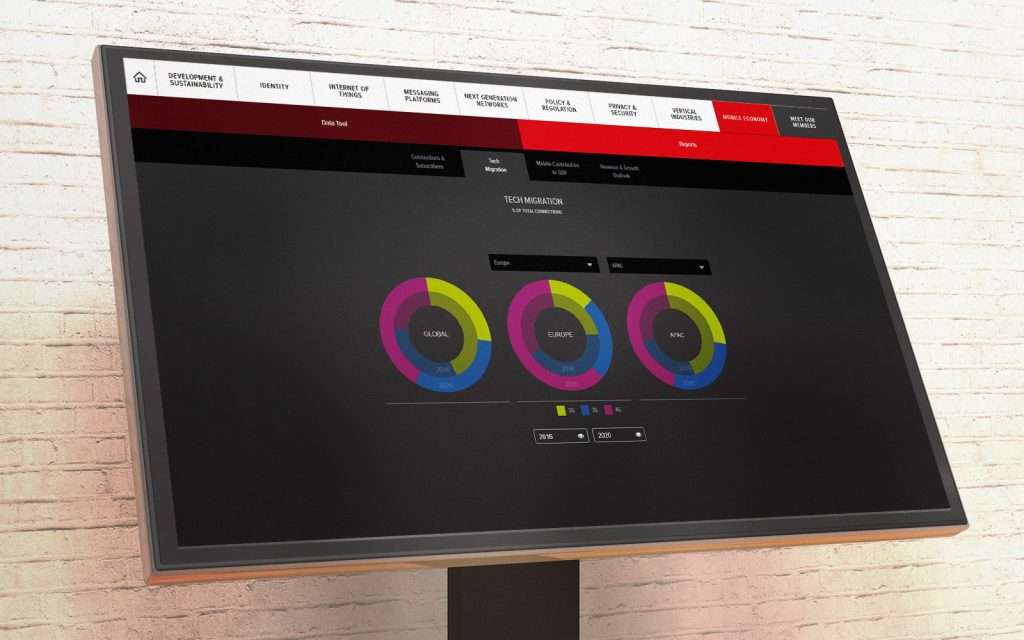
In terms of technological development, artificial intelligence will take centre stage. It can help brands personalize and optimize the customer experience, whether that’s identifying weak spots in their journey or taking care of content writing so you can spend more time elsewhere.
You don’t need to worry about investing in AI software though. Platform providers know the importance of AI to productivity. As such, you can expect AI to soon be an integral part of the revenue enablement platform you invest in, much like you would with analytics or CRM integrations.
How to prepare for the future with revenue enablement >
Introducing our revenue enablement platform…
POP is a no-code interactive experiences platform that allows you to connect with customers throughout their journey. It’s the perfect fit for revenue enablement, allowing you to create unlimited experiences across your whole organization – from product walkthroughs and engaging sales presentations to onboarding demonstrations.
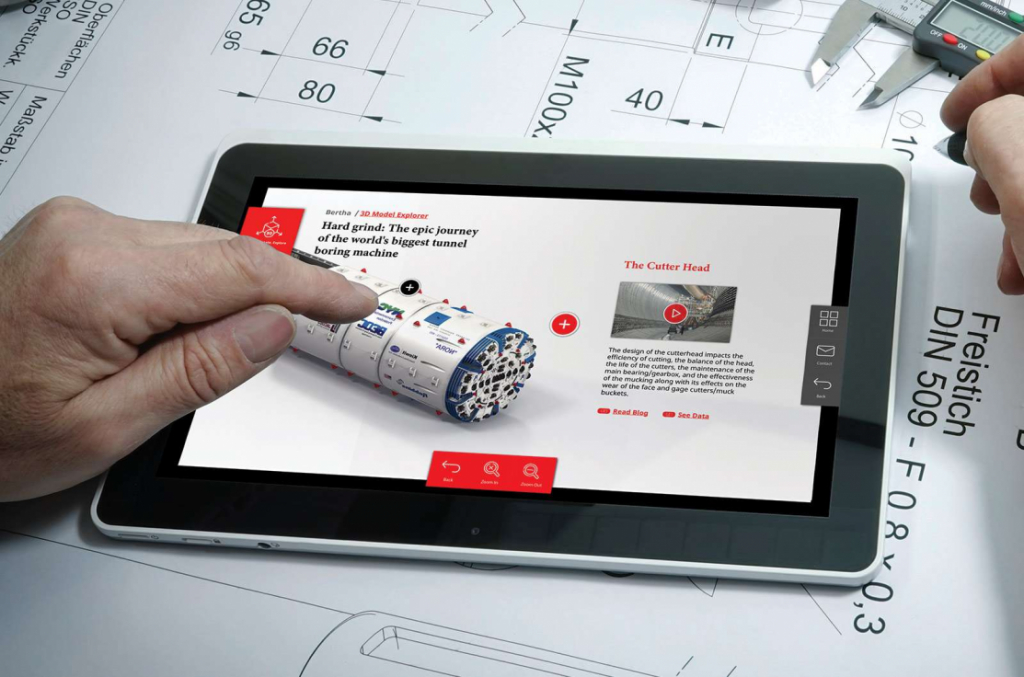
Rather than using siloed technology to create content, you can have all your different teams on the same page, on the same platform – working towards a common goal. Integrating with your CRM and with built-in analytics, all knowledge is shared and fully accessible within one single source of truth.
It’s not just our platform that sets us apart. Our Customer Success Blueprint process engages and includes the key stakeholders from within the different teams right from the beginning:
- Discovery – We explore your current challenges and discuss what success looks like across your organization.
- Workshop – Let us recommend a solution and work through obstacles, collaborating with different members of your team.
- Timeline – You’ll get a practical timeline including a soft launch, full rollout, and comprehensive staff training.
- Support – We’re always by your side to make sure POP continues to support your revenue enablement strategy.
Discover how POP helps with revenue enablement >
Ready to embrace revenue enablement?
From faster sales to better retention, the benefits are clear. Above all else, you’re 80% more likely to exceed revenue growth targets if you prioritize revenue enablement.
POP can help you reap the rewards of a revenue enablement strategy. Our platform brings your entire organization together to work towards increasing revenue throughout the customer journey.
Wave goodbye to silos, friction, and delays. With POP, everyone is on the same page – and customers can tell!
From self-service touchscreens for brand discovery at events, exhibitions, showrooms, demo suites to engaging face-to-face or remote presentations that get sales over the line, you can create unique experiences that WOW customers. Everything is consistent, cohesive, and true to your brand.
Sound good? Contact our team today on +44 (0)117 329 1712 or hello@popcomms.com. Or get straight to it by booking your demo.

